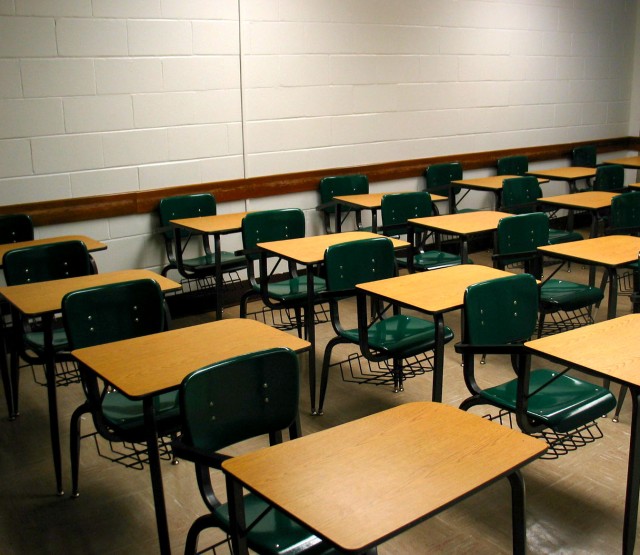I think I can speak for all of us when I say that we never forget our first community that we came from. Honestly, I look back on my time in little ol’ Curtis, Nebraska with fondness. I proudly tell people where I came from, and I have a smile on my face when I say it. I draw from experiences and memories even today as I write; this is because I came from a community that I loved and felt truly a part of.

(Image: Flickr.com)
Communities can have a positive impact on young people. Communities can give kids positive memories and, frankly, shape them for their future. This week, I read a couple of chapters out of Penny Kittle’s Book Love that impacted me, but one in particular really hit home and made me think. Chapter five discusses how the classroom can be seen as a community of learners that are meant to feed off of and learn from each other. By creating a community, we are able to get a more rich discussion and learn from other student’s point of view. Students can really get the feel of belonging to something. This can be incredibly helpful for many students. Read alouds (which are awesome) and writing exercises are just a couple of examples on how communities can enrich the classroom. Students can have peers review their writing and discuss novels.
The moments that bing our students, one to another, are the very moments when we need to be most thankful. These are the moments that keep kids connected to school. Building classroom community is dropout-prevention work
So, how do we create this community within our classroom? It’s inevitable that many of our students will come from different backgrounds and spend time with different people. They won’t all be best friends and won’t all have the same opinions. How do we create an environment that will benefit everyone? Penny Kittle had some interesting ideas about this. Kittle outlined 3 key points to building a community (74):
- Assign seats.
- Some of you are probably already turning away at this. I know, I know. I was a kid that HATED assigned seating in high school! I wanted to sit by my friends. However, I now understand why this isn’t always the most effective. Not only is there often too much talking (definitely guilty of this.. Sorry past teachers!), but there is also at least one student who is left behind. Instead, mix it up. Put different people together and see what happens; you might get some great discussions on books happening!
- Change seating assignments every month.
- This is also important. Classes must continue to be mixed up in order to get to know everyone. We can learn new things from every single person; my book interests are different from those around me, but that has never stopped me from reading something that a friend has suggested!
- Build talk into everything that happens in the classroom.
- This was interesting to me. Allowing the students to have time to really share their ideas with each other is so important. They can discuss writing amongst themselves, or even write as a group. They can have table discussions that can serve as a book club of sorts. Students can take advantage of their peers to receive help on writing assignments.
I’ve always said the books do the work to capture readers. And equal to that, the community of readers and writers carries the energy in the room. Over there on the sidelines, cheering them on? That’s you and me.
It’s important that we as teachers realize how big of an impact the students can have on each other. Growing up, this was something that I never quite understood. However, looking back, I can see that some of my best learning was done during classroom discussions rather than lectures. I learn more when I am able to voice my opinion and hear thoughts from my other classmates. This is why book club has been such a fantastic activity to participate in this semester. I have thoroughly enjoyed getting together with 10-15 people to discuss literature. Sometimes, we all loved the book; other times, the majority of the group absolutely hated the book (still upset about this guys), but no matter what, we were able to discuss it and dig deeper into the book. Students need this. They need to feel as though they are a part of a group and community. As Kittle said, these “communities are essential because students care about what other students think” (75, Book Love). They want to bounce ideas back and forth and truly listen to each other.
What are all of your thoughts on creating a community classroom? Is it useful? How will you attempt to do so in your future classroom?
-RG
